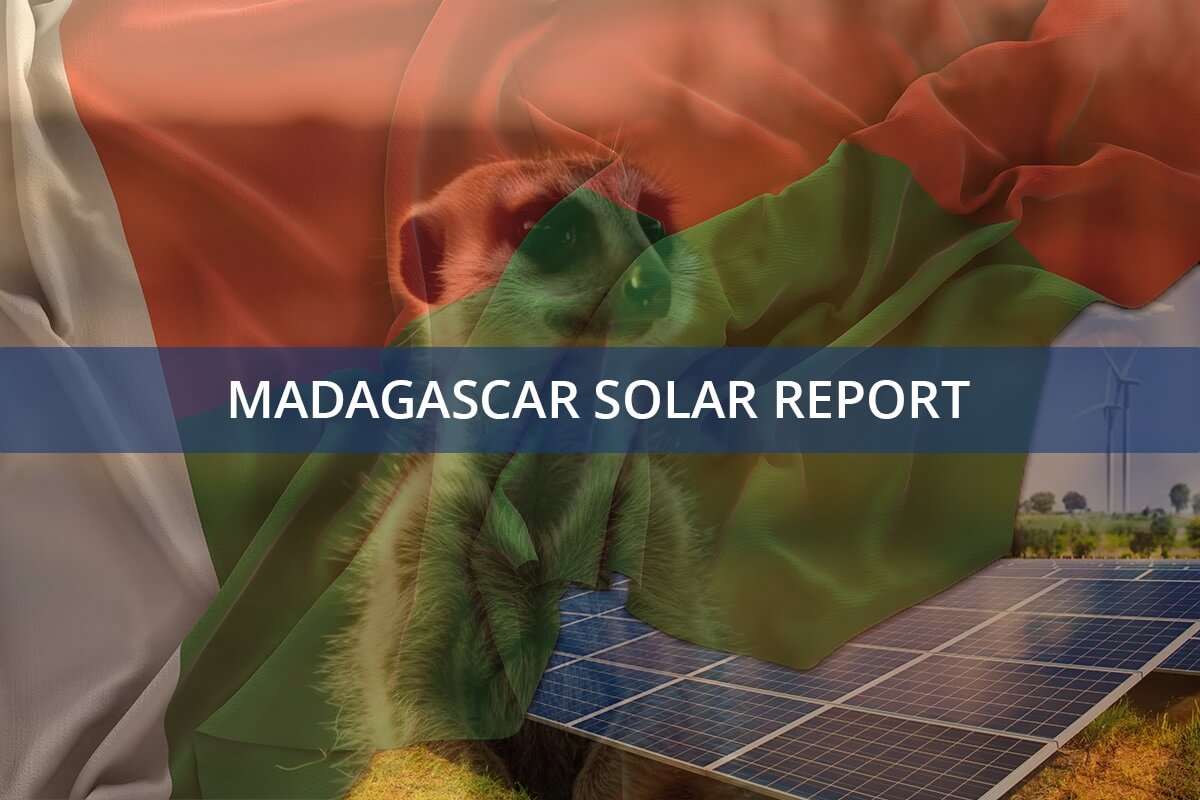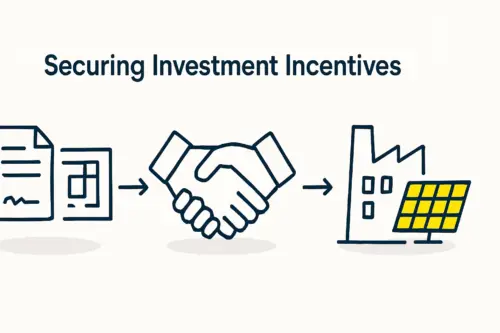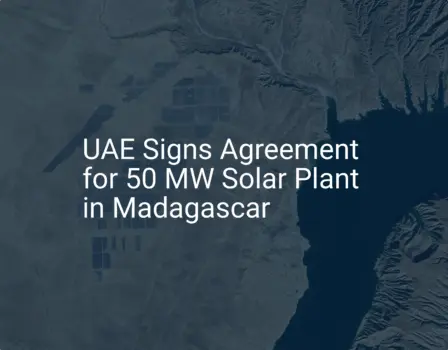Madagascar boasts one of the world’s most promising solar resources, with many regions receiving over 2,800 hours of sunshine annually. For entrepreneurs, this presents a clear opportunity to establish local solar module manufacturing.
But navigating the financial landscape of such a venture is just as critical as the technical setup. A successful project is built not just on engineering excellence, but on a robust financial model that anticipates the unique challenges of the local economy.
Operating in Madagascar means managing a business that earns revenue primarily in the Malagasy Ariary (MGA) while depending on raw materials purchased in U.S. dollars or euros. This currency mismatch is a central challenge for any comprehensive business plan. This guide outlines the key financial dynamics—including currency risk, import management, and profit repatriation—that investors need to understand.
The Core Financial Challenge: A Dual-Currency Operation
A solar module factory, even one serving a local market, is fundamentally an international business. The Bill of Materials (BOM) for a standard solar panel reveals this dependency: over 90% of its components—including solar cells, EVA encapsulant, backsheets, and junction boxes—are typically imported.
This creates a split financial structure:
- Expenses in Foreign Currency (FX): Raw materials are purchased from international suppliers, requiring payment in a stable currency like the USD or EUR.
- Revenue in Local Currency: Finished solar modules are sold to local customers, installers, and project developers, generating revenue in MGA.
This imbalance exposes the business to significant foreign exchange (FX) risk. The value of the MGA relative to the USD or EUR can fluctuate. A depreciation in the Ariary means that more MGA is needed to purchase the same amount of imported goods, directly eroding profit margins unless it’s properly managed.
Managing Raw Material Imports and Foreign Exchange
As a net importer of goods, Madagascar has established regulatory frameworks to manage the flow of foreign currency. Any business planning to import materials must work within the rules set by the Central Bank of Madagascar (BFM) for foreign exchange transactions.
The volatility of the Malagasy Ariary makes this a critical operational task. A sudden devaluation can have immediate consequences. For instance, based on experience from J.v.G. turnkey projects, one client in a market with similar dynamics faced a 15% currency devaluation during their first year of operation. This unforeseen shift substantially increased their cost of goods sold, forcing an immediate adjustment to their pricing and financial strategy to maintain profitability.
An effective financial model must account for potential currency swings. This involves forecasting different scenarios for the MGA/USD exchange rate and understanding how each scenario impacts the cost of sourcing raw materials and overall business viability.
A Practical Financial Flow for a Madagascar Factory
To make this tangible, let’s consider the typical flow of capital in a Madagascar-based solar manufacturing operation. A clear financial model must map out each stage of this process, from initial investment to the eventual repatriation of profits.
Ready to make big Profits?
The solar Industry is Booming
WE HELP NEWCOMERS to the solar industry start their own solar module production line. Customers can make BIG PROFITS by selling modules and finding investors, without wasting money and time on things they don't need!

- Initial Investment (EUR/USD): The project is typically funded with foreign capital.
- Capital Conversion (FX to MGA): A portion of this investment is converted into MGA to cover local startup costs such as land acquisition, building construction, and local labor.
- Raw Material Procurement (FX): The business uses its foreign currency reserves to purchase solar cells, glass, and other components from international suppliers.
- Local Operations (MGA): Factory wages, utilities, logistics, and other operational expenses are paid in MGA.
- Sales and Revenue (MGA): Solar modules are sold into the domestic market, generating revenue in MGA.
- Profit Repatriation (MGA to FX): After covering all costs and taxes, the profits generated in MGA must be converted back to EUR/USD to be returned to foreign investors.
This cycle highlights several points where value can be lost to exchange rate fluctuations, transfer fees, and regulatory delays. This flow illustrates why a simple income statement is insufficient. Effective management requires a sophisticated cash flow projection that separates MGA and foreign currency balances.
Strategies for Mitigating Financial Risks
While currency risk cannot be eliminated, it can be managed. An effective strategy combines financial planning with operational foresight.
Financial Hedging
Larger operations can use financial instruments like forward contracts to lock in an exchange rate for future raw material purchases. This provides cost certainty but requires financial expertise and access to sophisticated banking services.
Strategic Pricing
The pricing model for finished solar modules must be dynamic. Some businesses price their products in MGA but index that price to the current USD or EUR exchange rate, adjusting it periodically to protect margins. This strategy, however, requires clear communication with customers.
Building Local Supply Chains
While most high-tech components will remain imported for the foreseeable future, exploring opportunities to source items like aluminum frames or packaging materials locally can reduce FX exposure. This aligns with government interest in developing local content, which may offer future incentives. Planning for a turnkey factory setup can incorporate these considerations from the start.

Navigating Profit Repatriation
Madagascar’s Investment Law (No. 2007-036) provides a framework that allows foreign investors to repatriate profits. However, the process is governed by regulations that require meticulous documentation and adherence to formal procedures.
Investors must properly register their company and ensure all transactions, both incoming and outgoing, are transparent and fully documented. Working with reputable local legal and financial advisors is not just recommended—it is essential for smooth operations. Delays in repatriation can impact investor returns and confidence, so understanding the process before starting operations is critical.
Frequently Asked Questions (FAQ)
What is the biggest financial mistake new investors make in Madagascar?
The most common oversight is underestimating the impact of currency volatility on cash flow. A business can be profitable on paper (in MGA) but face a liquidity crisis if it cannot secure enough foreign currency at a viable rate to pay for its next shipment of raw materials.
Can a factory price its solar modules in USD instead of MGA?
While technically possible for some B2B transactions, it depends on market acceptance and local commercial regulations. For the broader local market, sales are almost always conducted in MGA. Relying solely on USD pricing may limit the customer base.
How long does it take to get approval for foreign exchange transactions?
Timelines can vary depending on the local bank, the completeness of the documentation, and the specific regulations in effect at the time. Building a strong relationship with a commercial bank experienced in international trade is essential to streamline this process.
Are there local banks that specialize in import/export financing?
Yes, several major banks in Madagascar have trade finance departments. It is crucial to perform due diligence and select a banking partner that understands the needs of a manufacturing business with significant import requirements.

The immense solar potential in Madagascar offers a compelling case for investment in local manufacturing. However, long-term success hinges on mastering the country’s specific financial environment. By developing a detailed financial model that addresses currency risk, import logistics, and repatriation rules, entrepreneurs can build a resilient business—one prepared for both the challenges and the significant opportunities ahead.






